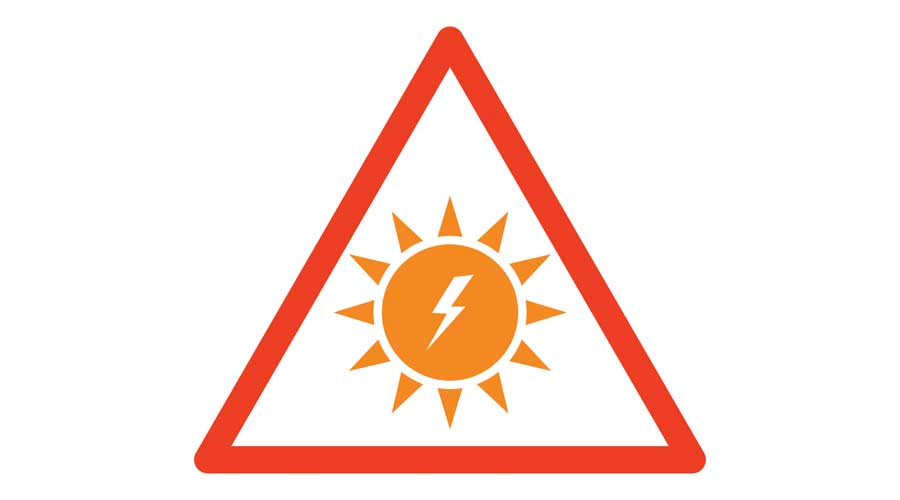
As the summer months approach, the risk of heat illness for frontline staff in both in-house departments or for building service contractors (BSCs) should be on everyone’s radar — especially for those with exterior maintenance responsibilities.
The U.S. Department of Labor’s Occupational Safety and Health Administration (OSHA) is reminding employers and workers not to ignore the dangers of working in hot weather – indoors and out – and remember that “Water. Rest. Shade.” can be the difference between ending the workday safely or suffering serious injuries or worse.
From 2011-2019, the Bureau of Labor Statistics reports 344 worker-related deaths in U.S. were due to environmental heat exposure. Workplace safety experts believe the actual number of heat-related fatalities may be underreported or misreported as another cause, such as heart attacks.
To combat the dangers of heat exposure, OSHA launched a national emphasis program in April 2022 to protect workers from heat illness and injuries.
“Our goal is to ensure workers are safe in hot indoor and outdoor environments,” says OSHA Regional Administrator Galen Blanton in Boston. “In the past several years, OSHA’s heat safety campaign has been intently focused on raising awareness of the related dangers. Our recent national emphasis program is reaching out to unions, employers in target industries and other organizations to protect workers most often exposed to heat illness and injuries.”
OSHA’s message is simple: Water. Rest. Shade.
• Encourage workers to drink water every 15 minutes.
• Take frequent rest breaks in the shade to cool down.
• Have an emergency plan ready to respond when a worker shows signs of heat-related illness.
• Train workers on the hazards of heat exposure, and how to prevent illness.
• Allow workers to build a tolerance for working in heat.
The OSHA-NIOSH Heat Safety Tool is a free, downloadable app that calculates a worksite’s heat index and displays the associated risk levels. Users can receive precautionary recommendations specific to heat index risk levels to help protect employees from heat-related illness. The tool is available in English and Spanish.
OSHA’s Occupational Heat Exposure page explains the symptoms of heat illness, first aid measures to provide while waiting for help, engineering controls and work practices to reduce workers’ exposure to heat, and training.
Read a fact sheet on OSHA’s National Emphasis Program to protect workers across the nation from the increasing threat of heat related illness here.

 The Down and Dirty on Cleaning in Virus Season
The Down and Dirty on Cleaning in Virus Season How Surfactant Use is Expanding in Commercial Cleaning
How Surfactant Use is Expanding in Commercial Cleaning Clean Buildings Conference
Clean Buildings Conference